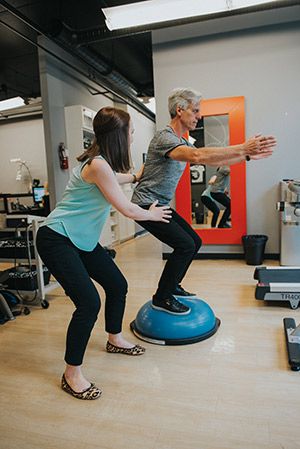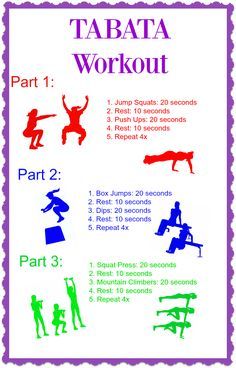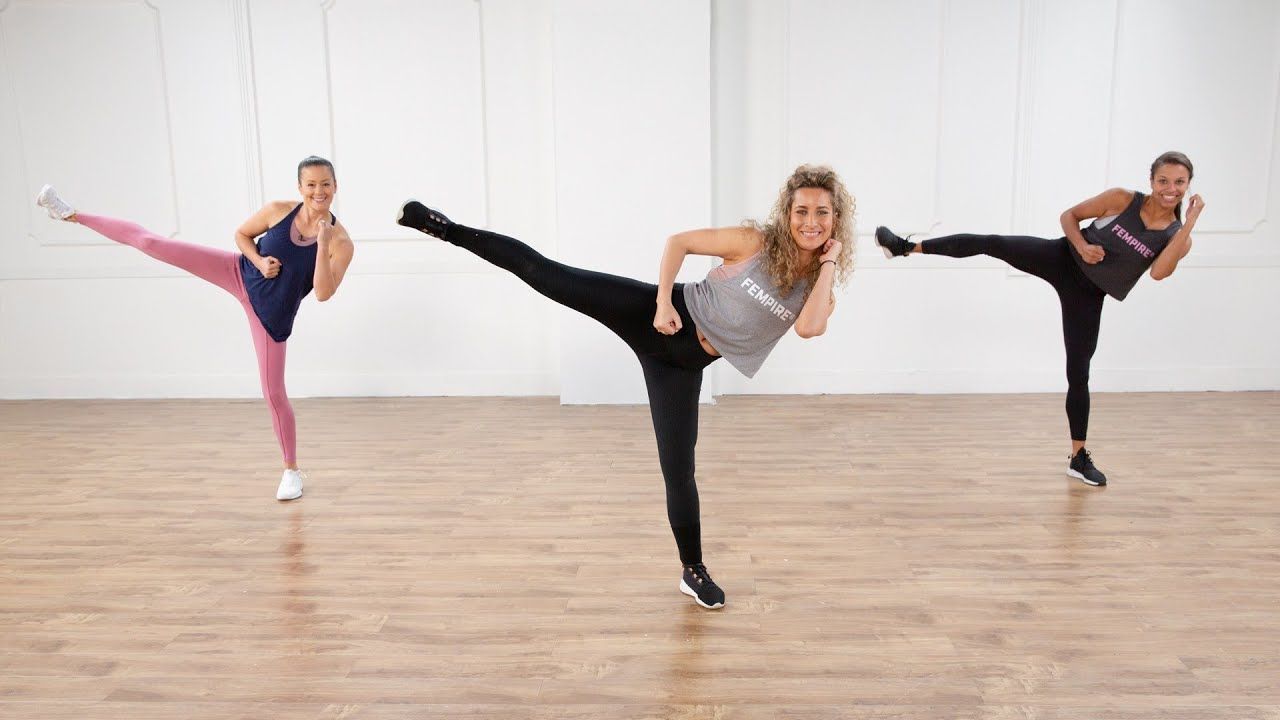
The Importance of Proper Form in Weightlifting
admin
- 0
Weightlifting is a popular form of exercise that offers numerous physical and mental benefits. Whether you are a professional athlete or just starting out, it is crucial to prioritize proper form in order to optimize your performance and prevent injuries. This article will delve into the significance of maintaining proper form in weightlifting and provide useful tips to enhance your lifting techniques.
1. Injury Prevention
One of the most compelling reasons to focus on proper form in weightlifting is to reduce the risk of injuries. Weightlifting involves lifting heavy loads, and without proper form, you put excessive strain on your muscles, joints, and ligaments. This can lead to sprains, strains, tendon tears, and even fractures. By using the correct technique and paying attention to form, you can distribute the load evenly across your body, minimizing the chances of overloading a specific muscle group or joint.
2. Optimal Muscle Engagement
Proper form ensures that you engage the right muscles during each lifting movement. When you perform exercises with incorrect form, you may unintentionally rely on other muscles or compensate with improper body mechanics, leading to muscular imbalances. By executing movements correctly, you can activate the targeted muscle group, enhancing its strength and development. This not only improves the effectiveness of your workouts but also helps prevent muscle asymmetry.
3. Improved Performance and Efficiency
When you focus on maintaining proper form, you enable your body to move through a more efficient range of motion. This allows you to generate optimal force and power during weightlifting exercises. By utilizing the correct technique, you can lift heavier weights and increase your overall strength and performance. Additionally, proper form helps conserve energy by minimizing unnecessary movements, allowing you to maximize your training potential.
4. Enhanced Mind-Muscle Connection
Proper form promotes a strong mind-muscle connection. By being mindful of your body’s movements and positioning during weightlifting, you develop a better understanding of how your muscles are working. This increased awareness allows you to make necessary adjustments and focus on the target muscles. Strengthening the mind-muscle connection enhances muscle activation and helps you truly feel and control the lift, resulting in better overall performance and gains.
5. Long-Term Joint Health
In addition to preventing acute injuries, maintaining proper form in weightlifting contributes to long-term joint health. Proper alignment and controlled movements significantly reduce the stress placed on your joints. This is especially important for weightlifting exercises that target the shoulders, knees, and lower back – areas prone to injury if subjected to improper technique. By safeguarding your joints through proper form, you can continue to engage in weightlifting safely and effectively for years to come.
6. Tips for Proper Form
To ensure you maintain proper form during weightlifting, consider the following tips:
Start with lighter weights and gradually increase the load as your form improves.
Seek guidance from a certified strength and conditioning specialist or a personal trainer to learn proper techniques.
Focus on your posture, keeping your spine neutral and core engaged.
Use a mirror or record your lifts to evaluate your form visually.
Prioritize mastering the basics before progressing to more advanced exercises.
Always warm up properly to prepare your muscles and joints for the workout.
Listen to your body and prioritize quality over quantity, ensuring your form remains consistent throughout each set.
Conclusion
Proper form is of utmost importance in weightlifting to minimize the risk of injuries, optimize muscle engagement, improve performance, strengthen the mind-muscle connection, and maintain long-term joint health. By prioritizing correct technique and following the tips mentioned, you can enhance your weightlifting abilities and make significant progress in achieving your fitness goals. Remember, it’s not solely about how much weight you lift, but rather how well you lift it!

